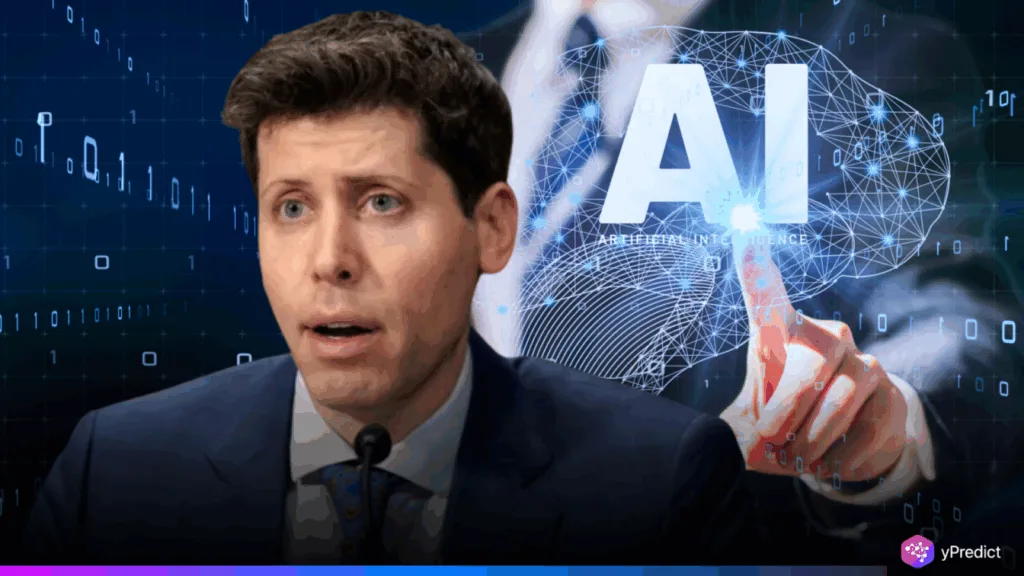
A new post on X by Chidanand Tripathi has stirred debate about the future of work, startups, and AI. The post ties directly to Sam Altman’s bold forecast that small teams could soon build billion-dollar companies. His claim isn’t just theory; it comes at a time when OpenAI’s revenue is surging but its business model is under pressure. Tripathi’s post highlights Lindy Build and Lindy Agents, tools that may push Altman’s vision closer to reality. With the ability to turn plain English into tested apps, these tools suggest AI might finally change how companies scale and thrive.
AI’s Role in Small but Scalable Teams
Sam Altman has long pushed the idea that AI will transform productivity. His prediction that 10-person teams could hit billion-dollar valuations reflects this belief. He argues that AI makes small teams capable of achieving output once reserved for large corporations. This view fits with OpenAI’s recent trajectory: $20 billion in revenue but still unprofitable due to heavy reinvestment. Altman frames losses as a necessary step to build long-term foundations, betting AI-driven automation will unlock huge returns.
Tripathi’s post connects this vision to Lindy Agents, which he claims allow ten humans to do the work of one thousand. The logic rests on Lindy Build, a platform that writes, tests, and deploys code from natural language prompts. Unlike earlier AI coding tools that spit out buggy drafts, Lindy Build corrects itself using a web-browsing agent. This reduces intervention rates from sixteen per project to about two, according to benchmarks shared in the thread. Real examples include building a marketplace app with payment integration or a full city-simulation game. For Altman’s idea of small but scalable teams, tools like this could provide the missing link: automation that works not in theory, but in producing complete, usable products.
Lindy Build’s Promise and Skepticism
Lindy Build’s practicality is what makes Tripathi’s post stand out. In one example, Lindy completed a productivity agent setup in just seven minutes, compared to N8N’s 52-hour workflow. For startups that move fast, this difference matters. Altman insists AI will make workforces leaner and more strategic, and this supports his point. A company could run with only a few human employees while relying on dozens of software agents. Lindy itself claims its marketing team already saves millions annually by blending three employees with forty-seven agents.
Still, skepticism lingers. Critics note that Lindy’s most convincing data comes from self-published benchmarks, not independent research. Investor Ray Dalio has even warned of an AI bubble, arguing that tech spending might inflate markets before producing consistent long-term value. The S&P 500’s sharp rise on tech optimism adds weight to his caution. Even if Lindy tools look successful now, they may falter at a larger scale or more complex projects. International organizations like the IMF have warned that AI could deepen inequality if access remains limited. Sam Altman often brushes aside these fears by doubling down on optimism, but the economic model he predicts still lacks empirical confirmation.
Conclusion
Tripathi’s post links a bold claim from Sam Altman with tangible applications from Lindy Build. It reflects how quickly AI is moving from experiments to usable business infrastructure. If Altman is right, we may soon see billion-dollar startups run by small teams with AI assistants doing much of the heavy lifting. But for now, evidence is mixed. Lindy’s tools look promising, but their impact hasn’t been independently validated. Whether they prove Altman right or highlight overblown hype will depend on execution, adoption, and broader economic forces shaping AI’s role in global business.






